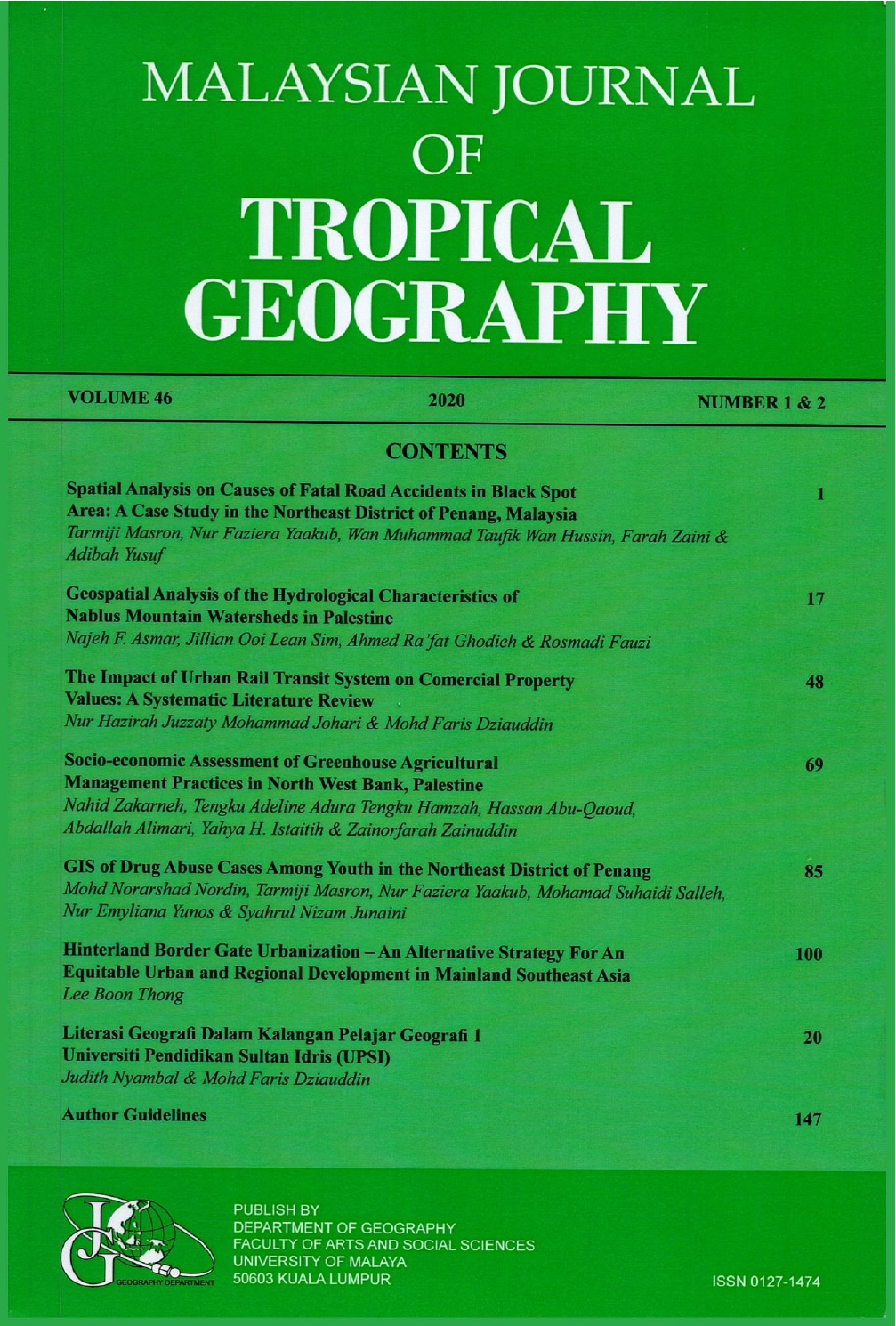HINTERLAND BORDER GATE URBANISATION-AN ALTERNATIVE STRATEGY FOR AN EQUITABLE URBAN AND REGIONAL DEVELOPMENT IN MAINLAND SOUTHEAST ASIA
Keywords:
GlobalisationAbstract
Globalisation and economic development in mainland Southeast Asia over the past few decades have set in motion centripetal forces leading to not only the top- heavy urban regions but also the lead-lag disparities between the urban cores, the peri-urban regions and the rural hinterlands. Implicit or explicit counter- urbanisation or decentralisation policies have little significant impact on redressing or realigning the imbalance in the urban system resulting in serious negative externalities in the nodal urban regions. The entire convoluted state of urban problems and spatial disparities may be summarised as the consequence of "gateway city" urbanisation, that is, global forces and FDIs channelled into the country through principally the capital cities. However, based on several case studies in the border regions in Vietnam and Thailand, it appears promising to deliberately stimulate cross-border economic interactions and integration which will not only retain in-situ rural population but will also attract population from elsewhere who would otherwise move to the big cities. It is proposed that a concurrent shift to this hinterland border gate focus will be a much more effective urbanisation strategy to counterbalance the imperatives of the gateway city urbanisation that have occurred over the last 60-70 years. This paper highlights the essential characteristics and logistic transport corridor prerequisites in the different stages of reinventing hinterland border gate urbanisation as a new recipe for sustainable, stable and balanced development.Downloads
Download data is not yet available.
Downloads
Published
2022-03-22
Issue
Section
Articles


